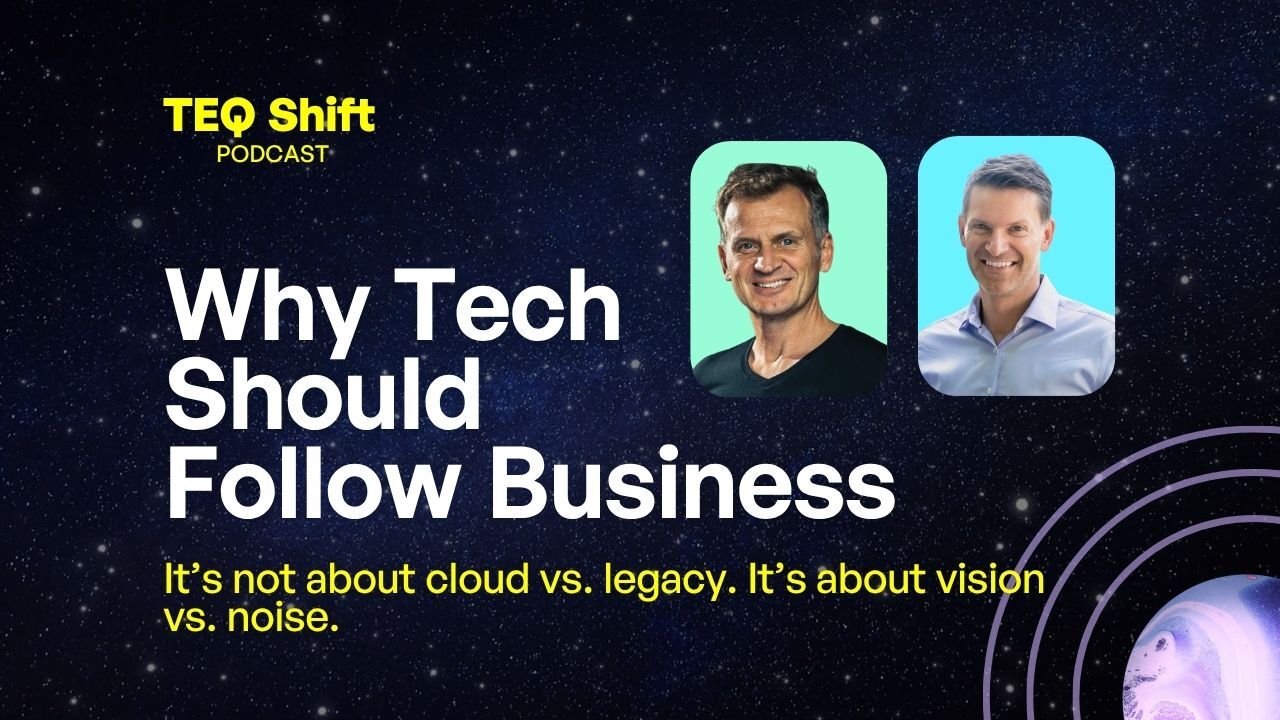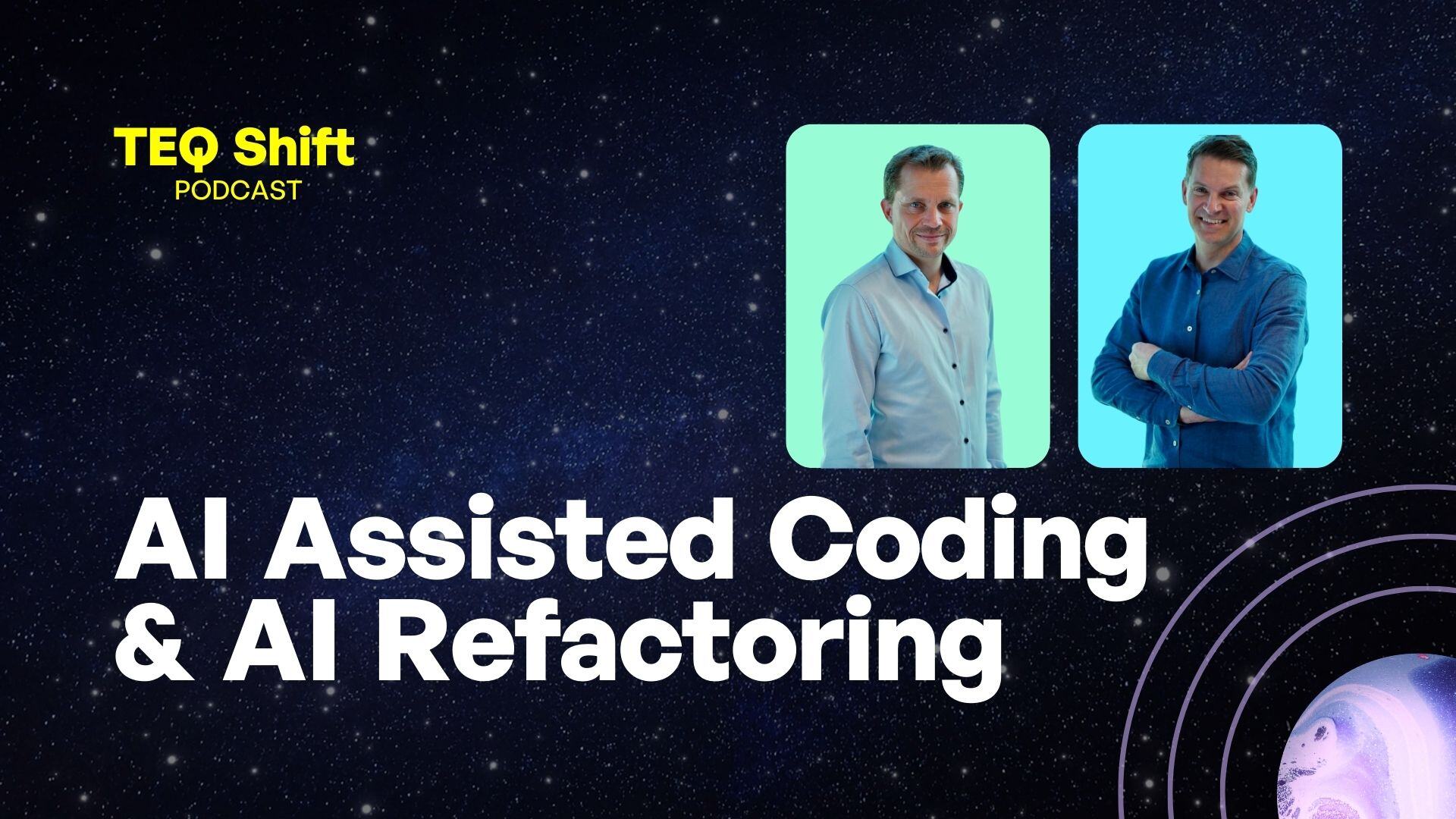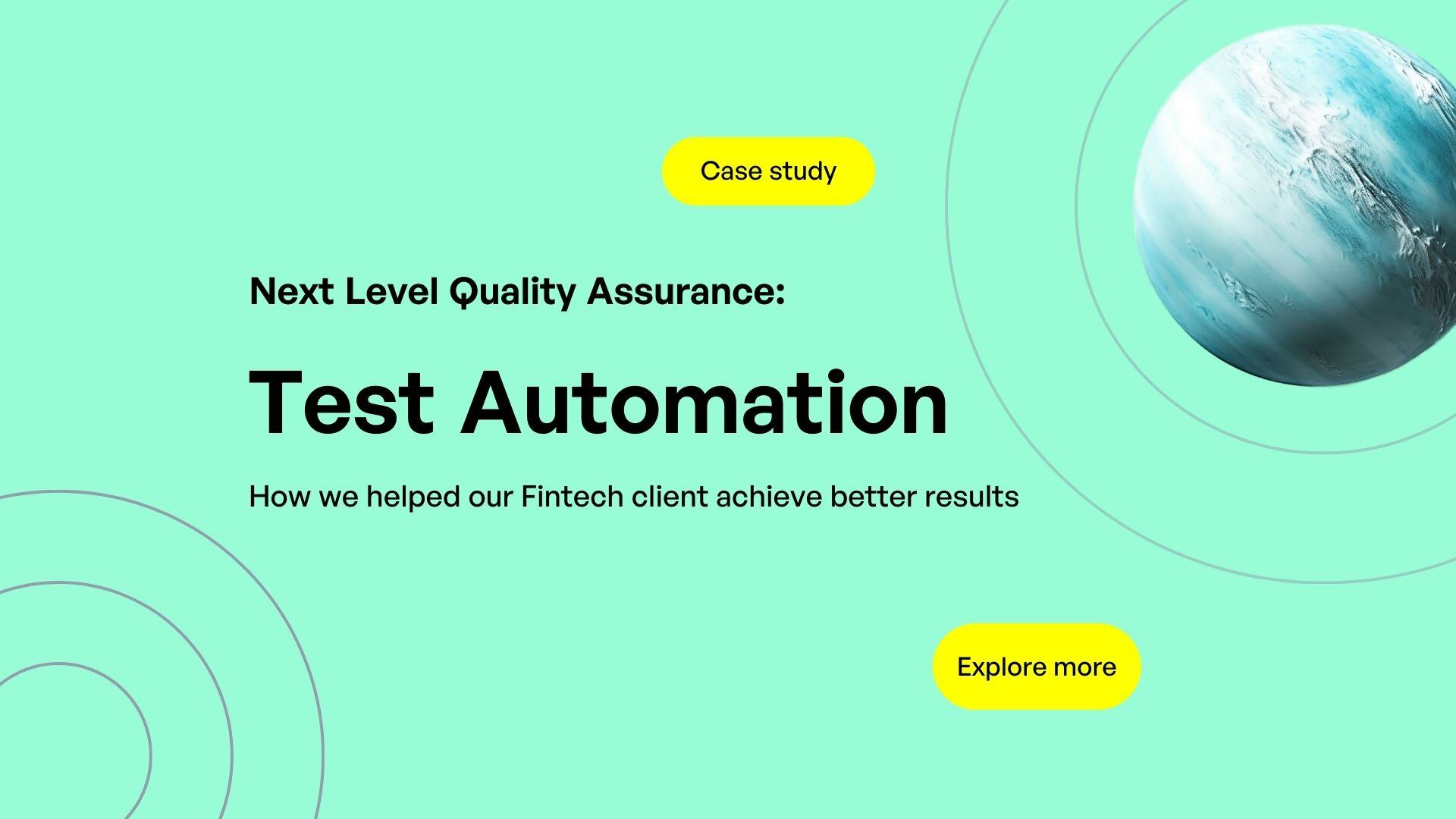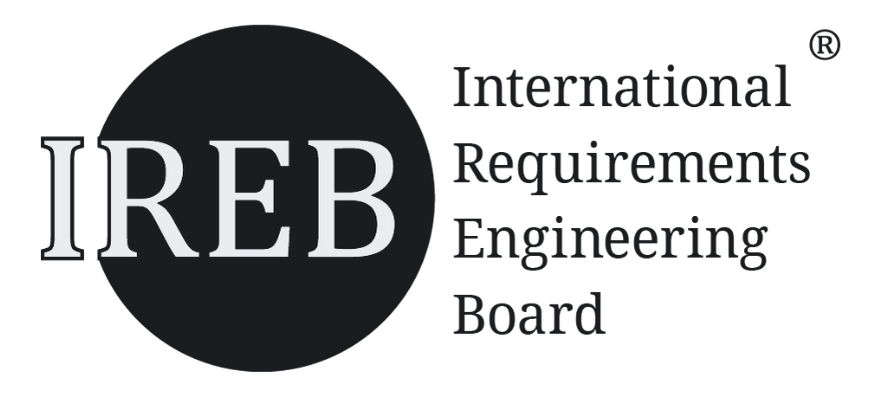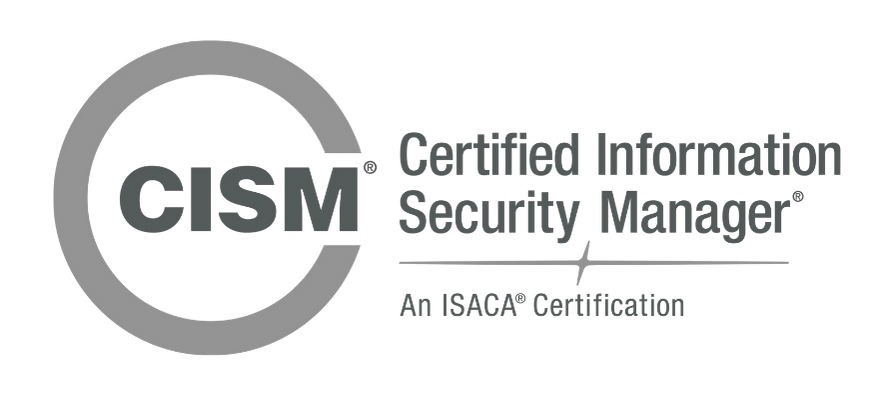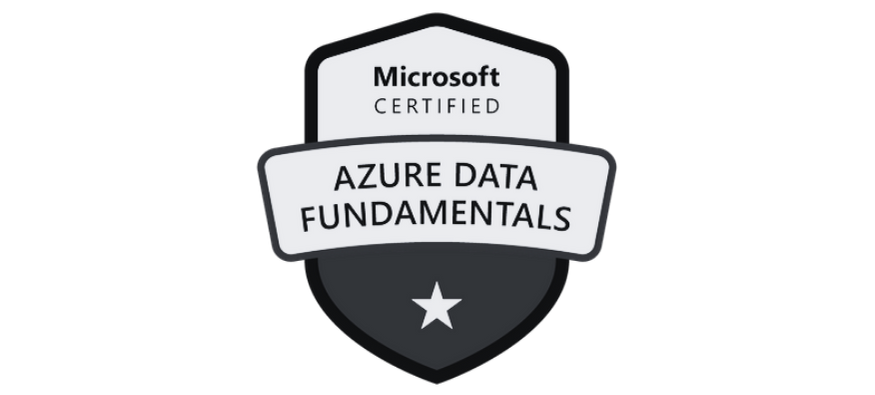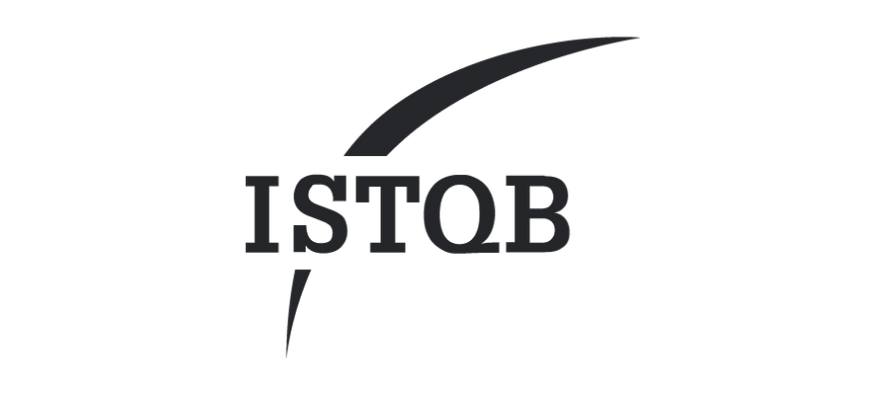What hyperspectral imaging, clean data, and team energy can teach us about AI-driven transformation.
Modern AI promises a lot: speed, insight, and automation at scale. But for many companies, especially in regulated and mission-critical industries, those promises remain theoretical.
According to Ralf Klädtke, Managing Director at Gestalt Automation and former aerospace executive, this gap between innovation and impact comes down to one thing: we’re trying to lead with tech when we should be leading with clarity of data, of purpose, and of people.
In this episode of the TEQ Shift Podcast, Ralf shared deep, practical insights from years of building and leading high-stakes innovation, from NASA collaborations to next-gen AI-powered inspection lines.
Listen to the podcast to get the first-hand experience:
AI Means Nothing Without Clean Data
“If you tell an AI the earth is flat three times—it’ll believe it. No way out.”
— Ralf Klädtke
AI systems are only as smart as the data they’re trained on. And as Ralf points out, poor data quality is the single biggest risk in any AI deployment.
- When companies rush into AI without solid, structured input, they build complexity, not capability.
- In high-risk industries like aerospace or food production, mislabelling, underfitting, or overfitting can lead to real-world consequences.
- Few-shot learning and virtual defect generation can help speed up training, but only when built on a foundation of precision.
Before investing in advanced models or new tech stacks, organisations must invest in data clarity, calibration, and control.
Make the Invisible Visible with Hyperspectral Imaging
Gestalt Automation’s technology uses hyperspectral imaging combined with AI to perform inspection tasks that go far beyond what the human eye can detect.
In food production, for example, traditional visual inspections might approve a cut of meat that looks fine. Hyperspectral imaging, however, can reveal foreign contaminants like wood, plastic, or bone fragments that would otherwise go unnoticed.
“Sometimes you see things you’d rather not—like plastic or wood in meat. That’s the power of hyperspectral.”
— Ralf Klädtke
It’s not just about reducing risk. It’s about unlocking an entirely new layer of visibility.
The future of quality assurance lies in technologies that detect early, act faster, and reduce waste at the source.
Stop Thinking AI First, Start Thinking ROI First
Many companies pursue AI as if it’s an end in itself, without asking whether it’s actually delivering measurable value.
Ralf has seen this across large organisations: hundreds of disconnected AI applications, with no clear owner, interface, or financial benefit.
“AI without ROI is just another cost centre. Genuine innovation must show up in the numbers.”
— Ralf Klädtke
At Gestalt, the team sets a clear target for return on investment: 6 to 12 months. If the solution isn’t delivering value within that window, it gets re-evaluated.
Every AI initiative should be grounded in business logic—scrap reduction, energy savings, compliance efficiency—not just technical ambition.
Build Strategy from the Inside Out
One of Ralf’s most powerful points wasn’t technical—it was cultural.
Transformations often start strong at the top, with a polished strategy and executive buy-in. But then... nothing moves.
Why? Because the people actually executing the work weren’t involved in shaping the path forward.
Ralf’s approach is to balance top-down strategic direction with bottom-up idea generation. Let teams surface the micro-pains and insights that leadership can’t see from the top floor.
Cultural change doesn’t begin with PowerPoint. It begins with proximity. Involve your teams early, often, and meaningfully.
Teams that Think Like Owners Outperform
When discussing transformation success, Ralf didn’t talk about tools or frameworks first. He talked about mindset.
The most successful teams act like owners, not employees. They look for ROI, not just novelty. They challenge assumptions. They find joy in making systems better, not just following the process.
“Entrepreneurial success happens when teams think and act like owners, not just participants.”
— Ralf Klädtke
This owner mindset becomes a multiplier. When combined with the right tech and structure, it drives transformation at speed.
Tech-driven success is less about scale and more about ownership. Empower teams to think beyond their function and you’ll unlock results you didn’t expect.
Speed Isn’t Optional Anymore, It’s the Expectation
Ralf ended the interview with a challenge that many European tech leaders will relate to.
The market isn’t slowing down. Customers expect concepts, prototypes, and pilots in days, not months. Whether we like it or not, the bar has moved. The companies that embrace the pace and enjoy it, will pull ahead.
The real differentiator today isn’t just technology. It’s the willingness to move faster, smarter, and with purpose.
Final Thought: Don’t Just Innovate, Build Systems That Improve Themselves
What makes Gestalt Automation’s approach stand out is that it’s not just about AI models or camera specs. It’s about creating feedback loops.
When defects are caught early, systems learn. When AI misses something, it’s retrained. When maintenance isn’t needed yet, it’s postponed. The result is a self-improving, cost-reducing, quality-assuring loop of performance.
It’s innovation that compounds over time.



